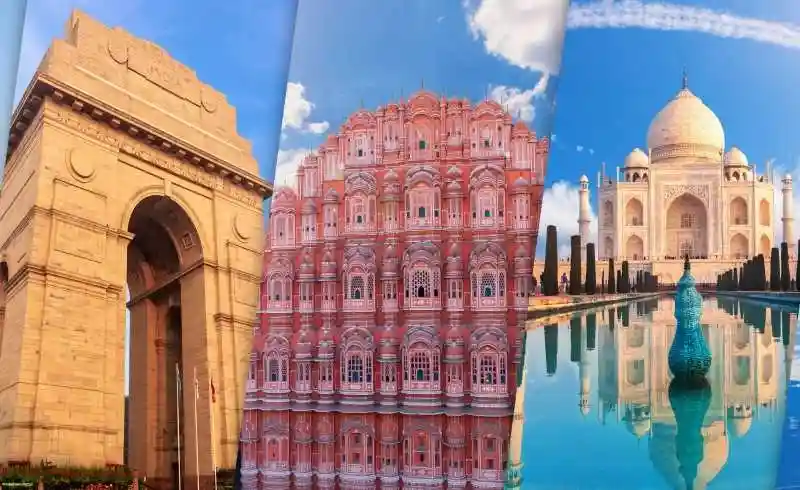
Some journeys are less about covering miles and more about covering eras — walking through centuries in the space of a few days. The Golden Triangle of India is exactly that kind of journey.
Linking the national capital Delhi, the Mughal masterpiece city of Agra, and the regal Rajasthani capital of Jaipur, this travel circuit is one of the most celebrated in the country. The term “Golden Triangle” comes from the triangle these cities form on the map, spanning three distinct regions Delhi (Union Territory), Uttar Pradesh, and Rajasthan each with its own personality, heritage, and flavors.
A week on this route takes you through a compressed history of India: from the rise of powerful empires to the intricate artistry of craftsmen, from royal courts to modern metropolises. You’ll stand before monuments you’ve seen in books, taste dishes that have been perfected over generations, and walk through streets that have heard the footsteps of emperors, traders, poets, and travelers for hundreds of years.
If you’ve never been to India before, the Golden Triangle is one of the best introductions you can get. It has:
Whether you book a Golden Triangle India tour or plan your own itinerary, this journey delivers a powerful first impression of the country.
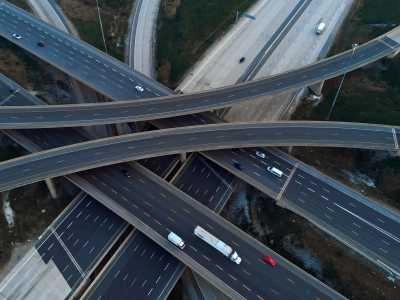
The three cities are relatively close:
This makes it easy to travel without feeling rushed, perfect for a seven-day loop.
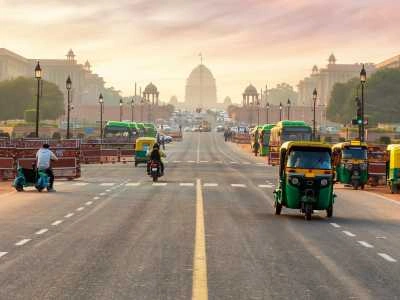
Delhi isn’t just a city — it’s an anthology. Every neighborhood tells a different story: Mughal grandeur in Old Delhi, British colonial order in Lutyens’ Delhi, and modern ambition in the glass towers of Gurugram and Noida.
Morning/Afternoon:
If you arrive early, start with Humayun’s Tomb, an elegant precursor to the Taj Mahal set in Persian-style gardens. Then visit Lodhi Gardens, a tranquil park dotted with 15th-century tombs where locals walk their dogs and teenagers practice cricket.
Evening:
Head to India Gate, the war memorial arch that glows under evening lights. Stroll along Rajpath, with the Rashtrapati Bhavan (Presidential Palace) visible in the distance.
Insider Tip: Many visitors underestimate Delhi’s traffic plan fewer activities on your arrival day.
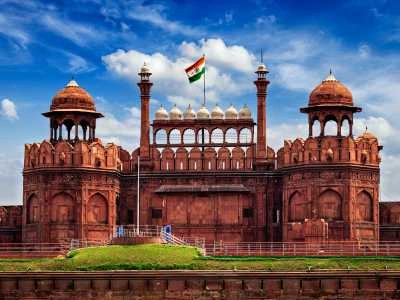
Old Delhi is chaotic, fragrant, loud and unforgettable.
Start at the Red Fort, the Mughal seat of power, with its audience halls, marble pavilions, and gardens. Then walk to Jama Masjid, one of India’s largest mosques, and climb its minaret for sweeping views over the old city.
Afterwards, take a cycle rickshaw through Chandni Chowk, a market where spice shops release clouds of cinnamon and cardamom into the air. This is the place to try Delhi’s famous street food: crisp parathas stuffed with spiced potatoes, syrupy jalebis, or creamy lassi served in clay cups.
Evening Option: Explore Connaught Place, the colonial-era shopping district, or dine in Hauz Khas Village, a trendy neighborhood overlooking medieval ruins.
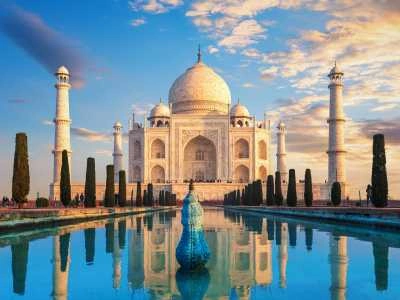
Leave Delhi early for Agra, home to the most iconic symbol of India, the Taj Mahal.
Afternoon: Visit Agra Fort, which is less a military fort and more a palace complex of red sandstone and marble. From its ramparts, you can see the Taj Mahal shimmering across the Yamuna River.
Late Afternoon: Cross the river to Mehtab Bagh, a garden designed to perfectly align with the Taj. Sunset here is peaceful, the Taj glowing in the fading light.
Food Note: Agra is known for petha, a translucent pumpkin sweet, try a small box from a local shop.

Wake before dawn to see the Taj Mahal at sunrise. The shift in color from pale pink to radiant white is a moment that will stay with you long after you leave.
Afterwards, explore Itimad-ud-Daulah’s Tomb, nicknamed the “Baby Taj” for its marble latticework and inlay.
If you have time before departing, visit the Kinari Bazaar for handicrafts or see the artisans who still create the marble inlay designs the Mughals were famous for.
Midday: Depart for Jaipur, stopping at Fatehpur Sikri, the abandoned Mughal capital that feels frozen in time, its courtyards and halls still echoing with the grandeur of Akbar’s court.
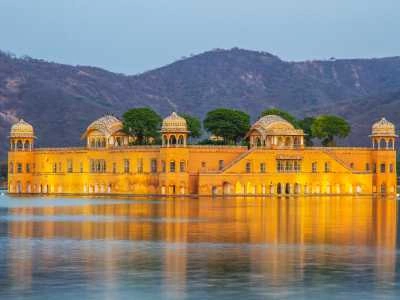
Arrive in Jaipur by evening. Known as the “Pink City” for its terracotta-colored facades, Jaipur is the capital of Rajasthan and a treasure trove of forts, palaces, and bazaars.
Evening Stroll: Wander through Johari Bazaar for gemstones or Bapu Bazaar for textiles and mojari (traditional leather footwear). Try local snacks like kachoris stuffed with spiced lentils.
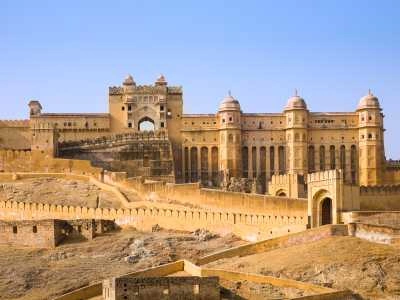
Spend the day exploring Jaipur’s heritage.
Evening Option: Head to Nahargarh Fort for sunset over the city, followed by dinner at a rooftop restaurant.

Drive back to Delhi, stopping at Neemrana Fort Palace if time permits for lunch in a restored 15th-century fort. Use your last evening to pick up souvenirs or enjoy one final Indian meal before departure.
A Golden Triangle tour of India is not just about ticking off landmarks, it’s about absorbing the mood of each city. You’ll hear the clash of temple bells and the call to prayer in Delhi, watch the Taj Mahal glow under the rising sun in Agra, and trace the outlines of ornate palace windows in Jaipur.
It’s the shopkeeper who insists you try a block-printed scarf, the chai vendor who remembers your order on the second day, and the quiet realization that you’ve walked paths worn smooth by centuries of travelers before you.
By the time you return to Delhi, the loop will feel complete, but you’ll also understand why many people come back to this triangle again, to go slower, dig deeper, and see the details they missed the first time.
You are one step closer to having the best journey of your lifetime! Talk to us, write to us all that you have envisioned for your India trip, and one of our travel experts will connect with you on priority. To help you explicitly we have WhatsApp and Email addresses!